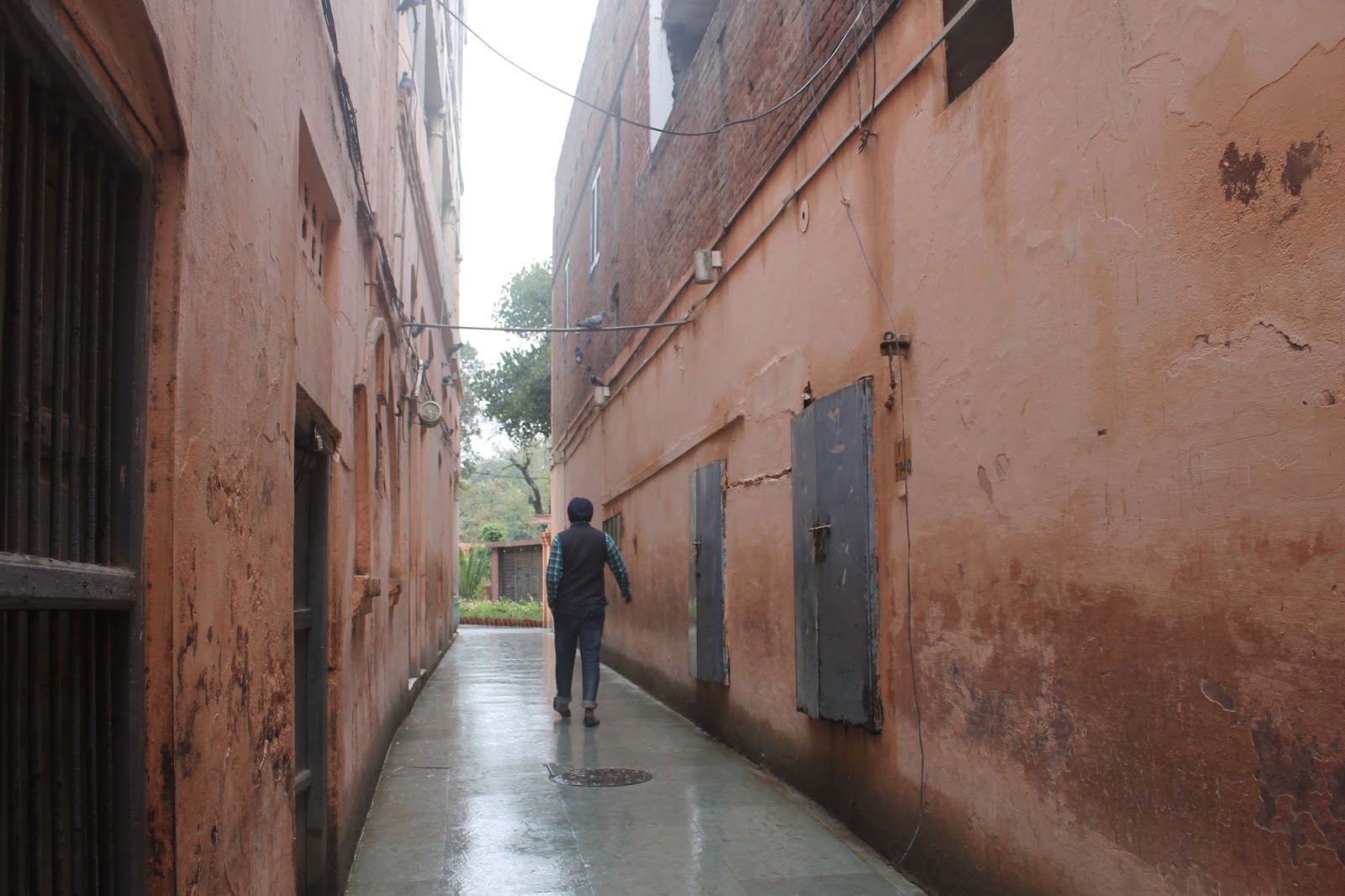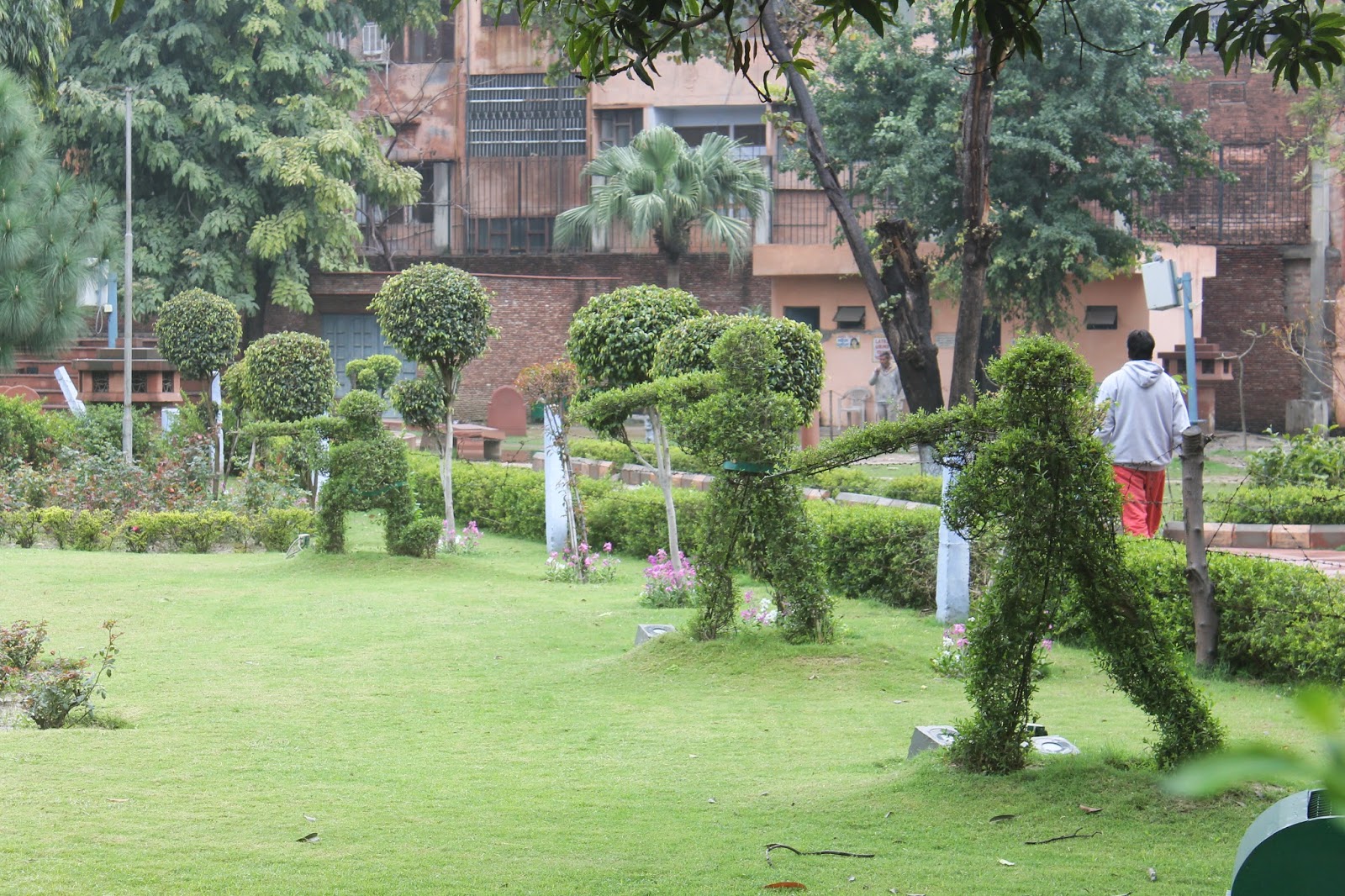Life in the Village
My second stay in India has been drastically different than my first. When I was here studying two years ago I only visited a few villages and spent just one night in that setting. My school was located in Jaipur, Rajasthan - a city of just 2.3 million. For my independent research project, my friend Peter and I made the bold choice to research in Mumbai, with a population of around 20 million. Indian cities are different from any others I've visited in the world. They really feel alive, and how could they not with such populations and concentrations of India's famous cultural vibrancy. This time, I'm living and working in a village 12km south of Varanasi city. Village India has been, in a way, the real India for many; though this is changing with the rapid urbanization that has characterized the last decade or two. The Indian newspaper the Hindu reported that close to 70% of India's population is still rural. So it seems that I am living in the kind of environment a majority of Indians live in. My village is a little different than some I visited in Rajasthan, with lots of general stores within reasonable walking distance, etc. This is probably due to its proximity to the city and maybe the fact that an often-visited temple lies just down the road from my house. There are a lot of new buildings being constructed in Madhopur and other villages nearby. I've been told that some more wealthy city-folk are starting to build homes out here to get a break from the intensity of Varanasi. A co-worker of mine mentioned that Varanasi is set to expand quickly in the coming years and I wouldn't be surprised if in a decade Madhopur village will be something of a suburb. For now though, it maintains much of what seems to be rural authenticity, with plenty of crop fields, animal herds and brick/thatch huts. One thing that can't be denied is that this village is beautiful.
Pictured above is the street just outside of the KIRAN complex. It can actually be a relatively busy street, mostly filled with villagers walking and biking about. Oftentimes motorcycles and cars will honk and swiftly pass by on their way to the Shultankeshwar Temple, a famous Shiva Temple, and the adjacent ghat.
When I first arrived in January there were puppies EVERYWHERE and it was like a tortuous heaven seeing them all around and not being able to cuddle them. They're starting to grow a lot now, which is somewhat of a marker of my time here. These two, siblings, live right outside of KIRAN and are my favorites. There are many dogs around, some live in KIRAN and many others live throughout the village. They are rather harmless and don't take much interest unless I have food or when I'm running. They do, however, like to bark at night sometimes which takes me back to my time in Hawaii living next door to hunting dogs.
Speaking of Hawaii, I am still in a position to gather shells! It seems there are some sort of clams or something living in the Ganga and on the path along the banks you can find many shells.
One of the best things to do in the village is watch sunset over the river. This isn't even the most colorful of sunsets I've witnessed here. Sometimes the reflection of the setting sun will be a hot pink streak in the water. What my camera fails to capture is how big and saturated in color the sun is when it sets here.
There are quite a few fishermen here in Madhopur. By the time I'm out for a walk in the village after work they are usually lounging lazily on their boats. A family I have befriended wanted to cook fish for me. I politely declined the offer for Ganga fish, as the river this far South is pretty polluted. Many locals seem to eat it with no problem and in the city there are a lot of fish butchery stands.
My absolute favorite thing here in the village is the path along the Ganga. Here I can walk for maybe 10-15 minutes on a narrow path that lies between the river and small vegetable fields. Mostly tomatoes and mustard are grown, which makes for a lush landscape filled with the yellow flowers of the mustard plant. The mustard plant is used mostly for it's oil, which is a preferred cooking oil around North and North-East India.
For a while now I've been a little obsessed with trees, finding my favorites wherever I go. This is definitely my favorite in the village. It is huge and perfectly formed. Sometimes when I'm going for a walk I will just stand and stare at it... so long as the family who tether their buffalo there aren't around.
Their buffalo enjoy the shade this beautiful tree provides. I don't like to stay long while the buffalo are around so as to not disturb them or cause any problems for the family who lets me walk through their land to reach the path along the river.
One day while walking along the path two women called out "Namaskar," greeting me and gesturing for me to come over to where they were, picking tomatoes. I asked their names and exchanged "Ap ke si hai?"s, asking how they were. A few days later as I was out for a jog I walked past the same spot again and Manju, the matriarch pictured above in a sari, asked me to come up to her house. I walked up the steep hill through her tomato field to reach her house, which has two small rooms and is made of brick. She wanted me to meet and hold her grandson - who they refer to as Babu (baby). The baby is a sweet and chubby baby boy who likes to stare up into the sky and laughs when I make silly noises at him. I visit them pretty regularly and see the young girl shown on the left at KIRAN since she is in kindergarten there. Though I hardly speak Hindi and they don't speak any English, we have fun trying to communicate, laughing over tea and finding ways to get Babu to entertain us.



























